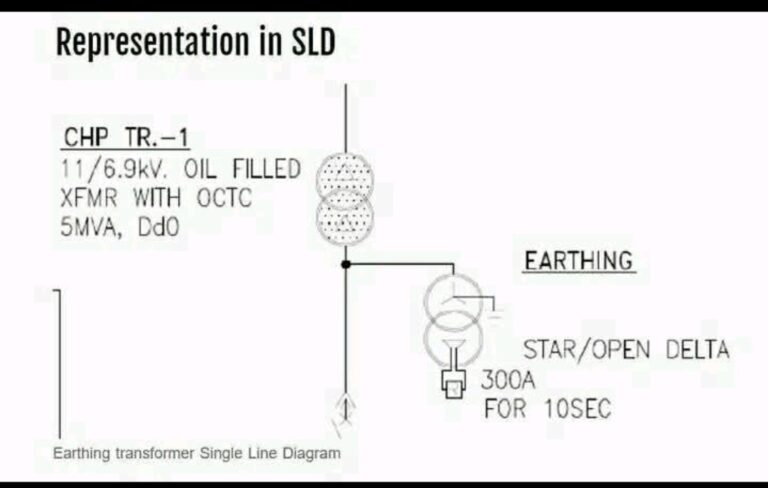In alternating current (AC) circuits, the presence of both resistance and reactance necessitates the use of complex numbers for analysis.
Resistors contribute to the real part of impedance, while reactance, whether inductive or capacitive, contributes to the imaginary part.
This leads to the representation of impedance as a complex number, with the real part representing resistance and the imaginary part representing reactance.
When calculating AC power in such circuits, the complex power is computed as the sum of real power and reactive power.
Real power, measured in watts (W), represents the actual power transferred to the load and is determined by the product of voltage and current, considering the phase angle between them.
Reactive power, measured in volt-amperes reactive (VAR), represents the exchange of energy between the source and the reactive elements in the circuit, such as inductors and capacitors.
It is the product of voltage and current, accounting for the reactive component of impedance.
The total power in an AC circuit, often referred to as apparent power, is the magnitude of the complex power and is measured in volt-amperes (VA).
It represents the combination of real power and reactive power, reflecting both the actual power consumption and the reactive power exchange in the circuit.
Because their losses are independent of power factor .
The load on a transformer can be reactive, resistive, or a combination of both, leading to different power factors.
The power factor affects the power output of a transformer, but the losses remain the same in both scenarios, which is why transformers are rated in kVA rather than kW.
